Have you ever found yourself in the grocery aisle with your list in hand, but frozen in place due to the seemingly endless options available?
If so, you’re not alone. I find that one of the most overwhelming sections of the store is the butter aisle. Not only is there butter, but also margarine and olive oil spreads. So let’s break these options down so you can get out of the grocery store more efficiently.
Butter
Traditional butter is made from cow’s milk and is required by the USDA to contain at least 80% butterfat. Nutritionally, 1 tablespoon of butter contains 102 calories and 11.5g of total fat. Approximately 7g of that fat comes from saturated fats.
The American Heart Association recommends that only 5-6% of our calories should come from saturated fats. For a 2,000-calorie/day diet, this would be equivalent to about 13g of saturated fat daily. This recommendation is based on decades of research that indicates that Western diets, which are high in saturated fats, are linked to increased risk of heart disease and obesity.
If you are trying to monitor your saturated fat intake, but you still prefer traditional butter, you can look for “light butter”. This means that the butter is made with 25% less fat, and instead is churned with more air and water. The product tends to be slightly more spreadable. Because the texture of light butter is less solid, baking with light butter may alter the taste or texture of your recipe.
Margarine
But what about margarine? In the second half of the 20th century, margarine became increasingly popular due to public health concerns about saturated fat in the diet and its effects on heart health. While kinds of margarine decreased the number of saturated fats, many were being produced with trans fats instead. Unfortunately, these trans fats were found to have negative effects on our health, including raising our “bad” cholesterol, LDL cholesterol, and reducing our “good” cholesterol, HDL cholesterol.
In 2013, the FDA no longer recognized trans fats as safe, forcing manufacturers to reduce or completely eliminate trans fats from their products. Now margarine is made with mostly unsaturated fats, which are associated with fewer risks to heart health. However, margarine is still relatively similar in caloric value to butter, so it is recommended to consume it in moderation.
Vegetable Oil Spreads
Lastly, we now have the option to choose spreads that are made with olive oils or other vegetable oils. These oils contain poly and monounsaturated fats. These kinds of fats are associated with improved cholesterol and may reduce the risk of heart disease. While not great for baking, this kind of spread can be delicious on a piece of toast or cornbread.
As with anything, moderation is key. When choosing the right butter, there’s really no wrong way as long as you keep your personal health goals, overall diet, and taste preferences in mind. With this knowledge, you can be sure to tackle the butter aisle with confidence!
- American Heart Association (n.d). Saturated fat. Retrieved January 28, 2023.
- United States Food and Drug Administration (n.d.). Trans fat. Retrieved January 28, 2023.
- American Heart Association (n.d). Trans fat. Retrieved January 28, 2023.
- American Heart Association (n.d). Polyunsaturated fat. Retrieved January 28, 2023.


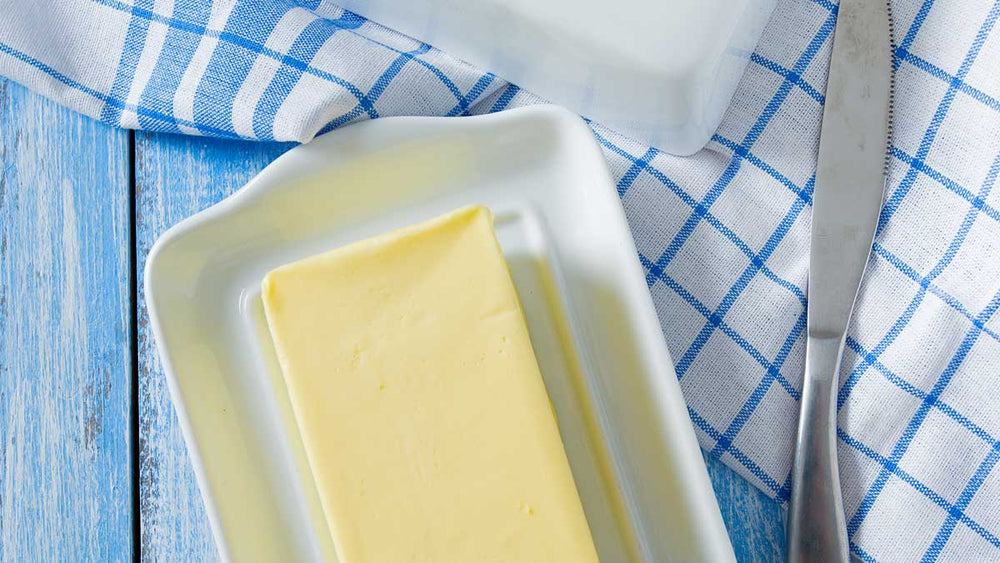
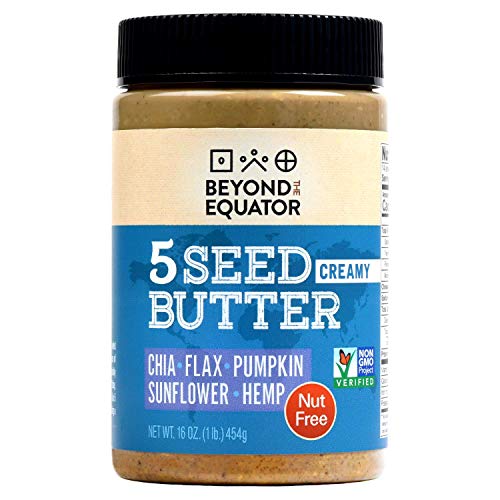
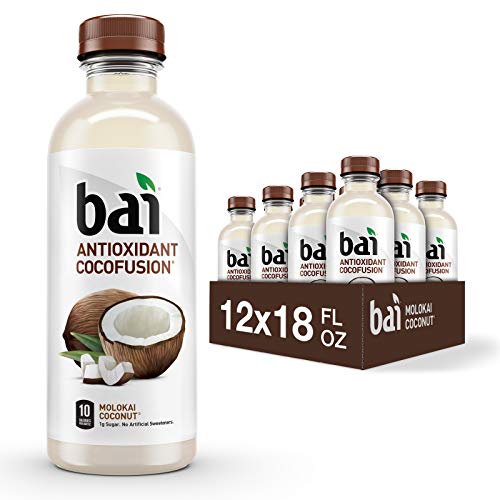
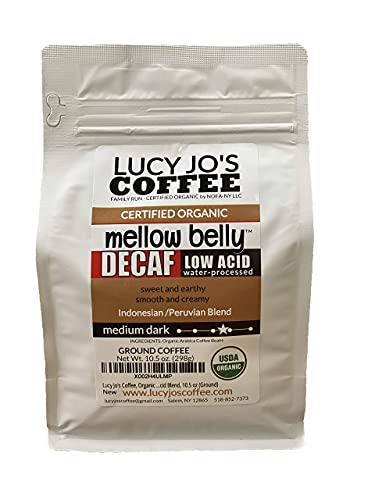




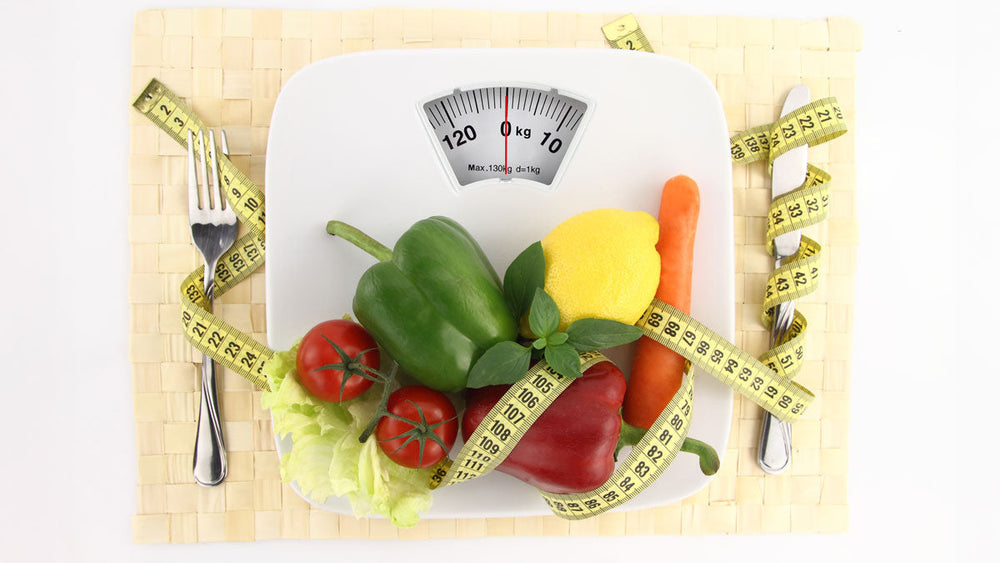







Comments
Join The Conversation...